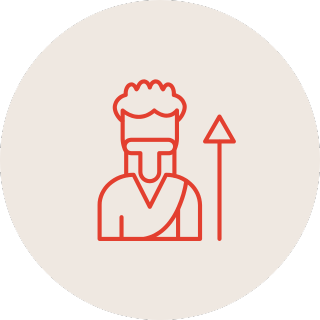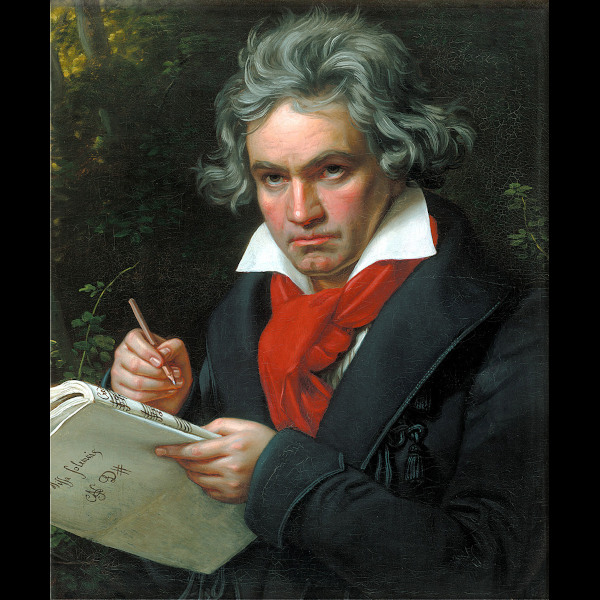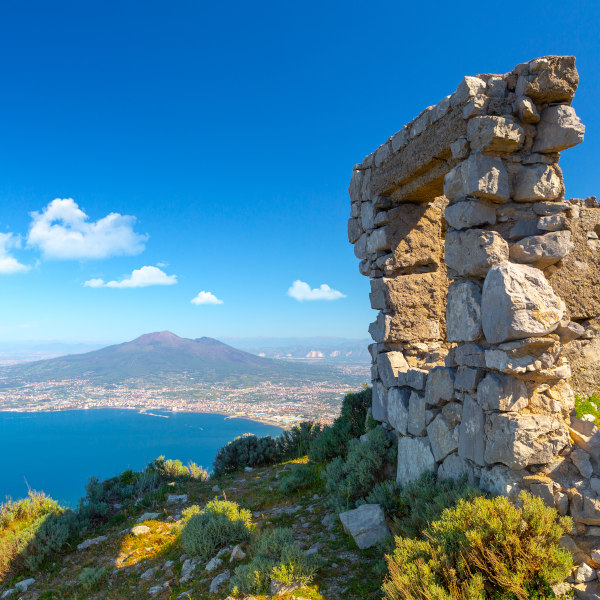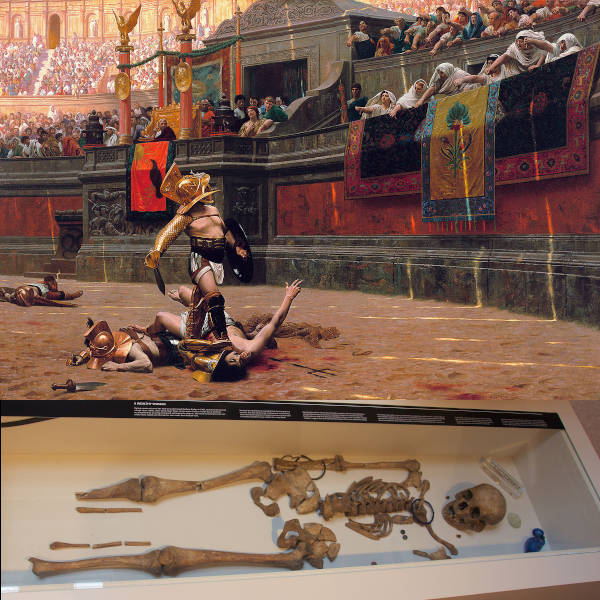Compare your DNA to 168 Ancient Civilizations
FIND THE HISTORY OF YOU
So, you've got your DNA results? To discover who you really are, you need to know where you come from. We can take your DNA results one step further through the use of advanced archaeogenetics
How It Works
Uncovering your ancient ancestry is simple with our three-step process.

Take a DNA Test
Get tested with one of the major DNA testing companies (e.g. AncestryDNA, MyHeritage, FamilyTreeDNA, DanteLabs etc.).

Download Your Raw Data
Download your raw DNA data file from your testing provider's website. We support all major formats.

Upload & Explore
Upload your DNA file to our secure platform and receive your detailed ancestry analysis within minutes.
DIG DEEP
Into Your Ancient History
Your DNA, fully visualized
Explore your roots with exclusive dynamic graphs, interactive maps, and ancestral timelines designed to bring your ancient past to life.

Why Choose MyTrueAncestry
Discover what sets our ancient DNA analysis apart from traditional ancestry services.

100% Anonymous Insights
All retained data is fully anonymized, ensuring your privacy is completely protected.

Powered by Real Ancient DNA
The only service powered by real ancient DNA samples from all over the world and advanced archaeogenetics technologies.

Try For Free
Our basic analysis is 100% free for you to try with no payment method required.
BROWSE OUR DNA SPOTLIGHTS
Ludwig van Beethoven

In December 1770 Ludwig van Beethoven was born in Bonn at Bonngasse 20 and
baptized with the name of his famous grandfather - a successful musician from
Flemish Belgium - and he was given this name in hopes to surpass his famous
ancestor. Recognizing he had a prodigy his hands, Ludwigs father Johan van
Beethoven tried to present his talented son at his first show at the age of 7.
His father pushed him hard and would wake him in the middle of the night to
practice his music. By the age of 16 Beethoven was employed as court organist in
Bonn by the brother of Emperor Josef of Vienna. The same year he visited Vienna,
met Mozart and returned home shortly before his mother died. His father become
an alcoholic and forced to retire from his job in service of the Court. Ludwig
was forced into adulthood, making real money and had to take care of his two
younger brothers. In 1792 at the age of 21 Beethoven arrives in Vienna - the
cultural capital - a city overflowing with music in hopes to expand his future.
Wolfgang Amadeus Mozart had died just the year before and the great composer
Haydn was ageing - destiny had prepared a place for Beethoven. Music is
everywhere - and in less than a year he creates a big name for himself.
Beethoven catches the attention of the famous composer Haydn who is amazed at
the young talent who arrived from Bonn and begins studying with him.
One of the most important things for Beethoven was making contact with the
aristocrats - who hosted concerts in their palaces on a weekly basis. They would
meet regularly and host the best musicians of the town. He would seek sponsors
who would let him make music the way he wanted rather than what was expected of
him. Aristocratic patrons such as Joseph Franz von Lobkowitz around the same age
as Beethoven would seek fun in their palaces and inviting a wild child like
Beethoven made life exciting. These patrons were critical for Beethovens
finances. However by his mid 20s Beethoven noticed his hearing was disappearing.
He had to site closer and closer to the stage to hear the notes and music. This
began with the high frequency notes such as piccolos, flutes and top of the
violin while maintaining the lower frequencies. This would distort what he was
hearing. He became isolated from conversations and began avoiding people. Losing
hearing, the one important element of his senses was the cruelest form of
torture. This is when he wrote his famous Moonlight Sonata as the music
reflected his own mortality. The ideas came faster to him than he could digest
them - he changed the course of music. He stood between 2 generations - one foot
firmly ground in Mozart / enlightenment and Goethe. His other part was a member
of romanticism - he transformed music from enlightenment into romanticism.
Read more here
Pompeii Vesuvius Victim

For the people of Pompeii the world reached a horrific end in the Autumn of
79 AD. The only surviving
eyewitness account of the event consists of two letters written by Pliny the
Younger (who was 17 at the time of the eruption) to the Roman historian Tacitus
some 25 years later. Observing the first volcanic activity from across the Bay
of Naples 29 kilometers away, Pliny the Elder (his uncle) launched a rescue
fleet immediately - while Pliny the Younger stayed behind. He wrote of a
extraordinary dense cloud rising above mount Vesuvius. His words describe a
pine-tree with spreading branches which was sometimes bright and sometimes dark
and spotted - impregnated with earth and cinders. After three tremors the sea
rolled back upon itself. Flashes appeared through dark clouds and ash fell like
a blanket of snow.
Meanwhile for Pliny the Elder things were taking a turn for the worse. As
commander fo the Roman fleet at Misenum he went to investigate the phenomenon at
close range. He ordered the fleet galleys to evacuate the people on the coast.
As he neared the other side of the bay he encountered thick showers of hot
cinders, lumps of pumice and pieces of rock. Ignoring the helmsman to turn back
Pliny insisted that Fortune favors the brave and continued to Stabiae - a town
about 4.5km from Pompeii. Very soon they realized the strong onshore wind
prevented any ships from leaving. Pliny and his party saw flames shooting from
parts of the mountain - presumed to be burning villages. Forced to stay
overnight the crew attempted to approach the beach with pillows tied to their
heads to protect from rockfall - however the wind had not changed and exhausted
Pliny sat down on a sail for a rest to never stand again.
Read more here
Roman Gladiators from York

The Roman conquest of Britain began in 43 AD but resistance in the north
was fierce. Roman General Quintus Petillius Cerialis led the 9th Legion into the
north and founded Eboracum in 71 AD (which became York) Originally Eboracum was
intended to be a military fortress aligned along the river Ouse measuring about
50 acres in size. This wooden camp was upgraded to stone in 108 AD and
garrisoned by the 6th Legion. The famous Emperor Hadrian reportedly visited
Eboracum in 122 AD in order to plan his great walled frontier, which would be
named after him. Emperor Septimus Severus visited in 208 AD and made it his
private base while campaigning against Scotland, and he became the first of
three Roman Emperors who would die in Eboracum. In 237, the town became a
colonia, the highest legal status any Roman city could attain as Eboracum was
the largest town in the north and the capital of Britannia Inferior. This is
exactly the time period from when these 7 gladiators hailed.
Detailed analysis of these gladiators from York revealed some fascinating
results. The bones showed various degrees of wear and tear as one might expect
from the dangerous sport: 6DRIF-18 revealed a spinal fracture of the first
vertibrae, 6DRIF-21, 6DRIF-3, and 3DRIF-16 meanwhile have fractured forearms,
ankles and wrists. 6DRIF-22 has a skull injury as well as a stab to the neck -
his extra vertebrae did not seem to assist with his fate. 6DRIF-23 meanwhile had
4 cuts to his jaw and was fully decapitated - clearly not the best fate to have.
Last but not least 3DRIF-26 is fascinating indeed - he had a left shoulder
injury, fractured ribs, damage wrists - and from a genetic standpoint is a
deviation from the rest. His background compared to ancient samples from the
time period matches very close to Ptolemaic Egyptians or the Near East.
Read more here

Join Our Community
Our Community blog is your hub for the latest discoveries in ancient DNA, archaeology, and lost civilizations.
Stay curious, stay connected.
Stay curious, stay connected.

Contact Us:
EMAIL
INFO@MYTRUEANCESTRY.COM
MAILING ADDRESS
MyTrueAncestry AG
Seestrasse 112
8806 Bäch
Switzerland



